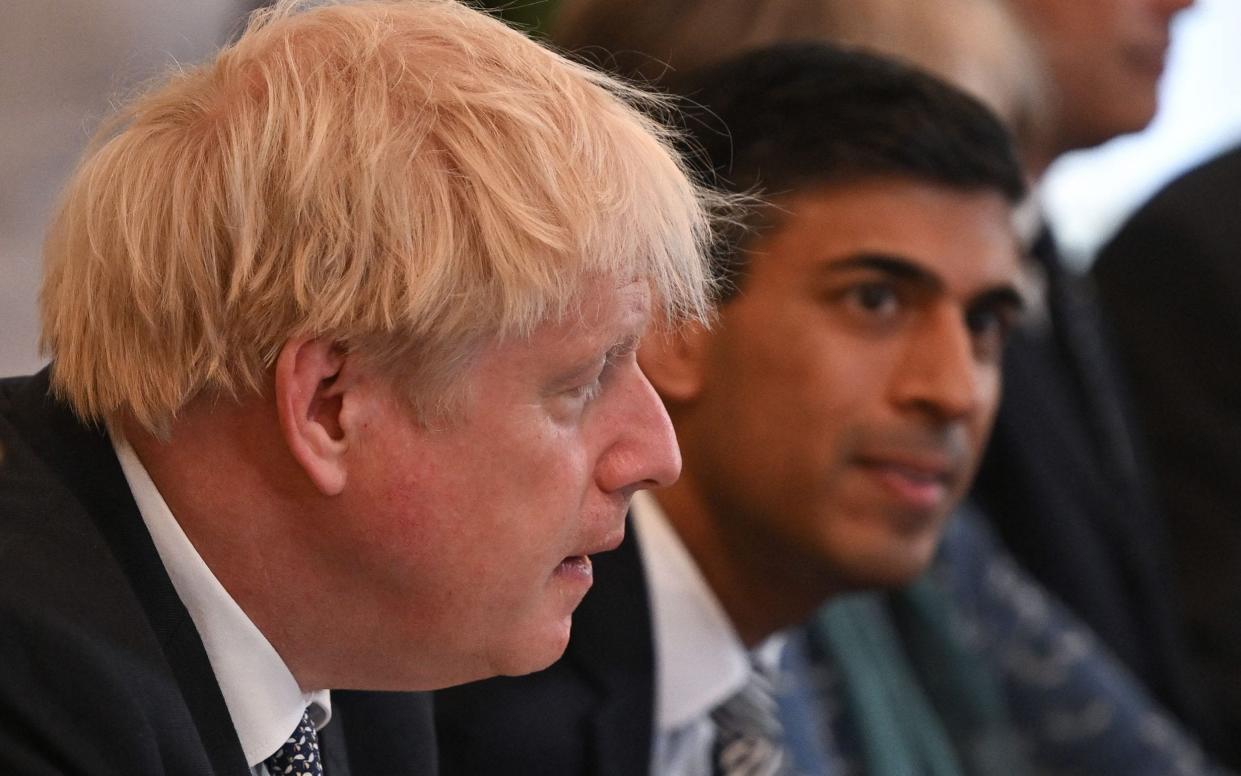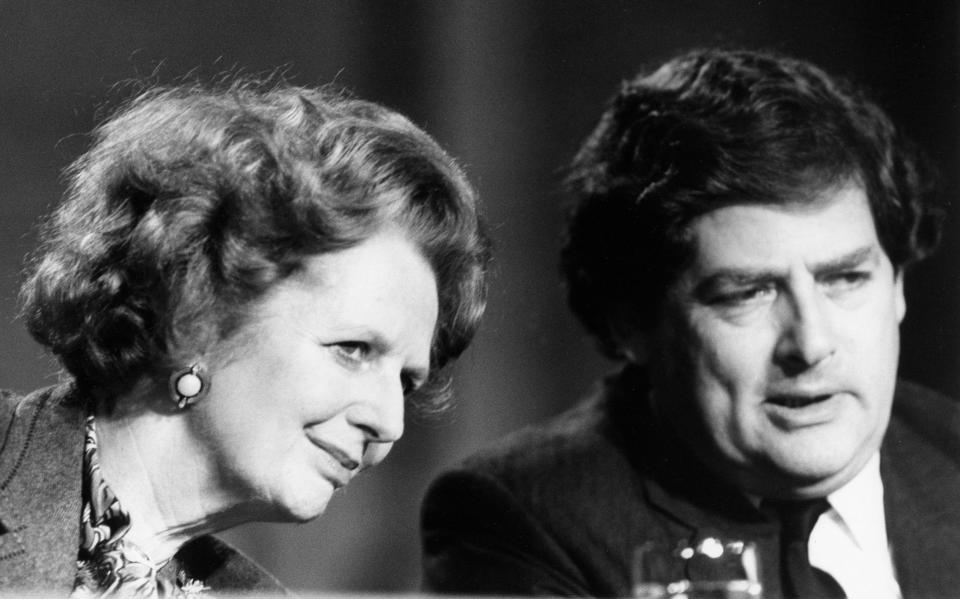History shows that the bond between No 10 and No 11 can make or break any government

- Oops!Something went wrong.Please try again later.
- Oops!Something went wrong.Please try again later.
- Oops!Something went wrong.Please try again later.
- Oops!Something went wrong.Please try again later.
- Oops!Something went wrong.Please try again later.
- Oops!Something went wrong.Please try again later.
Chancellors very rarely go easily or quietly. The question facing Boris Johnson on Tuesday was whether he is a Harold Macmillan, capable of withstanding a chancellor’s resignation and living to sack another, or a Margaret Thatcher, doomed by the loss of the number two.
The chancellor-prime minister relationship is the most important in any administration, tending to define governments and control what they can achieve.
If it is a friendly and ideologically aligned relationship, as was the case with David Cameron and George Osborne, a government can be truly radical.
If it is tense and ideologically misaligned, as with Theresa May and Philip Hammond (now the Lord Hammond of Runnymede), it tends to lead to a chaotic administration that gets little done.
The relationship also offers an easy measure of a leader’s power. In 1983, the omnipotent Thatcher could easily afford to ditch Sir Geoffrey Howe with little consequence.
In 2019, the recently triumphant Mr Johnson could ignore Sajid Javid’s demands and make him one of the shortest-lived chancellors in history.
Mrs May, on the other hand, having entered the 2017 general election hoping to rid herself of numerous ministers and her meddlesome chancellor, exited it never in the position to enforce such a dramatic change at the top of her government.

It was not that Mr Hammond was popular with MPs, but that Mrs May simply could not afford the political difficulties of a full reshuffle. The consequence was that she had a chancellor regularly undermining her negotiating position in Brussels and dictating Brexit policy from the passenger seat.
When the relationship between Number 10 and Number 11 is tense, it also tends to reflect ideological, or at least factional, divisions within a party.
No modern prime minister has wielded the level of control over Parliament that Sir Tony Blair did, but he was never really in a position where he could have jettisoned or lost Gordon Brown without serious difficulty.
Mr Brown represented too large a faction within New Labour and, had it ever come to such a point, Sir Tony would surely have backtracked. Indeed, it is a measure of the need for their relationship to work that despite Sir Tony’s enormous enthusiasm for the euro project, Brown’s five tests became a handy compromise that preserved their duopoly on power.
Of course, the obvious example of the importance of a loyal chancellor is Nigel Lawson (now the Lord Lawson of Blaby). His resignation in 1989 over Thatcher’s refusal to join the European Exchange Rate Mechanism was not initially as catastrophic as Rishi Sunak’s on Tuesday appeared to be.

But it was the first chink in the armour of a diminished leader and came to be seen as the beginning of the end for the Iron Lady. It triggered a leadership contest which Thatcher won easily, but it helped show that there was in fact opposition to her within the party.
She would see out 1989, but it was her replacement chancellor, Sir John Major, who would end 1990 as prime minister.
The exception to this is Lord Lamont of Lerwick, who Sir John was able to sack in 1993. Yet that government’s steady decline into oblivion had only just begun with Lord Lamont, who took much of the blame, being in a hugely weakened position by Black Wednesday.
Jacob Rees-Mogg, a Johnson loyalist, was keen to point out on Tuesday that Macmillan saw off the resignations of Lord Thorneycroft and two treasury ministers over spending differences in Jan 1958. However, Mr Macmillan was early in his premiership and still in considerable control of his party.
Mr Sunak and Mr Johnson have not enjoyed a healthy relationship. The Prime Minister favours spend and, sometimes, tax. The former chancellor favoured a fiscal straightjacket.
When he was first appointed, critics joked that he was a chancellor “in name only”, yet by the end insiders reported that the joint special advisers on Downing Street were entirely in thrall to No 11.
The bizarre insistence on the National Insurance rise followed by a partial U-turn spun as a tax cut was emblematic of all that had gone wrong in the relationship.
Now Mr Sunak is gone from the government and Mr Johnson finds himself in Thatcher’s unwelcome position of having forced out his first chancellor and likely being forced out himself by his second.

